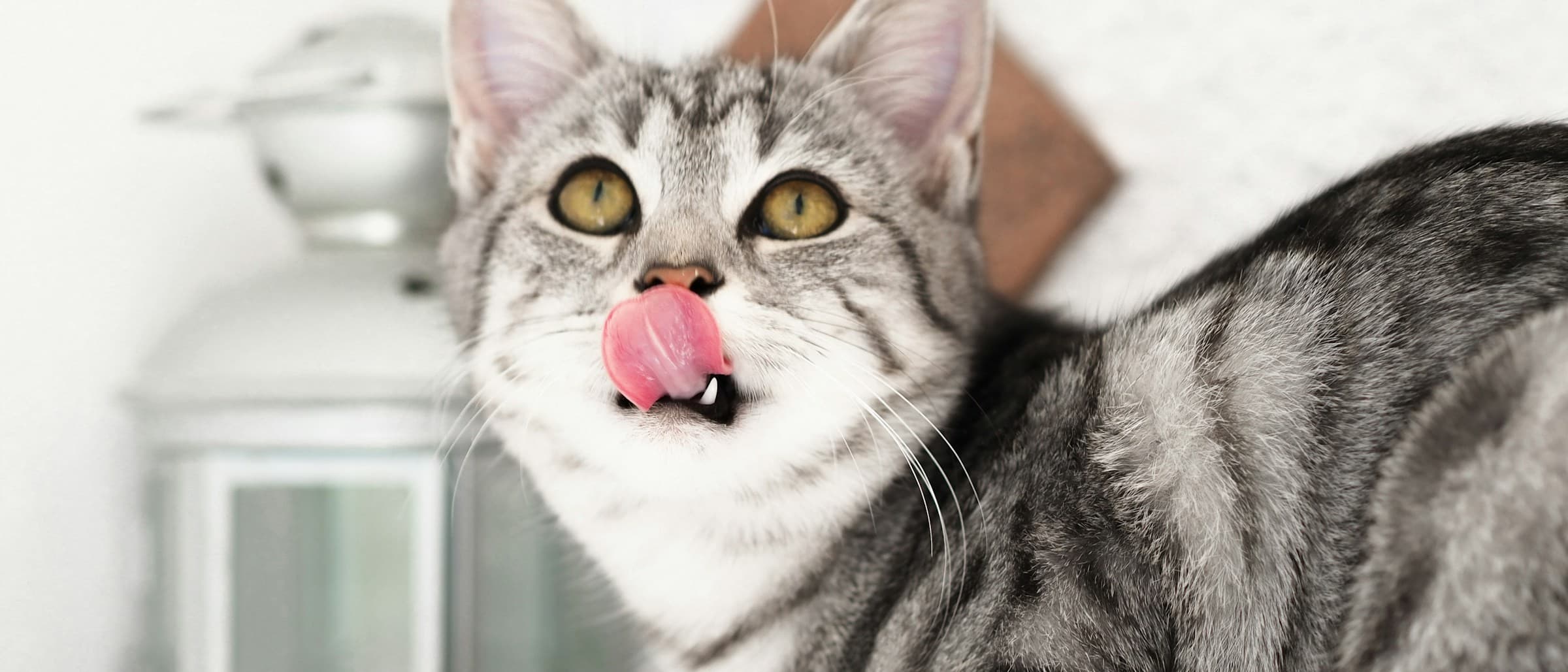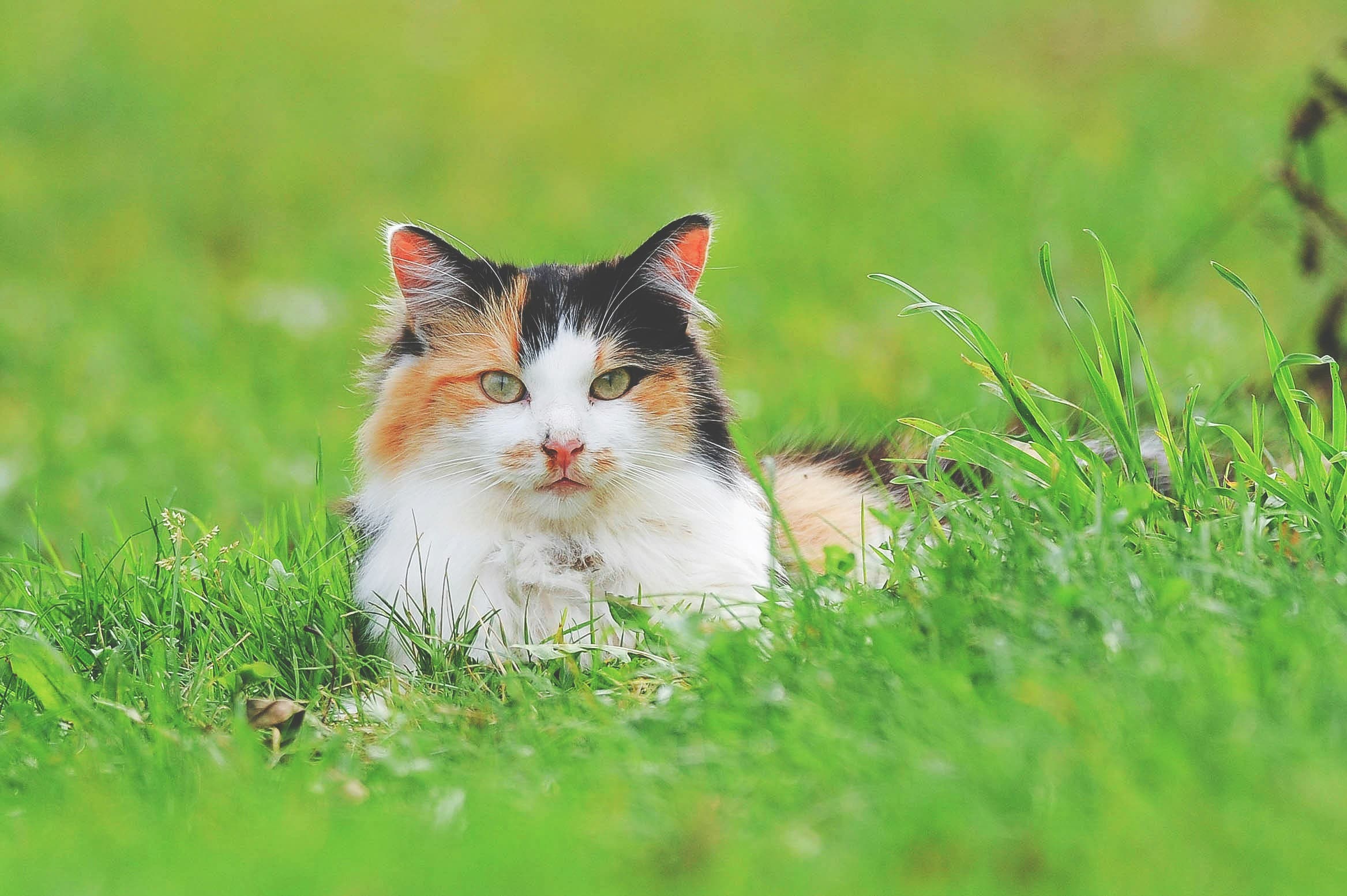
Cats Behavior


Understanding how long a cat can go without food is crucial for cat owners. A healthy cat can survive about 48 hours without food but may develop some serious conditions if this period extends. Factors like age, health, and hydration levels play significant roles. If your cat stops eating, it may face serious health issues like hepatic lipidosis, emphasizing the need to address any changes in eating habits promptly.

This article explores the intricate ways cats communicate with their surroundings and their human companions. From vocalizations and ear movements to tail signals and eye contact, it delves into the subtle yet profound "cat language" that reveals their emotions and intentions. By understanding these signals, such as cat body language, scent markings, and fur states, cat owners can enhance their relationship with their pets, fostering a deeper bond and a harmonious living environment.

Understanding cat aggression is vital for maintaining a harmonious household with our feline companions. From subtle body language cues to vocalizations and physical manifestations, recognizing the signs of aggression allows us to address the root causes effectively. By differentiating between defensive and offensive aggression and understanding the various types, we can tailor our approach to calming aggressive cats and fostering a peaceful environment for all.

